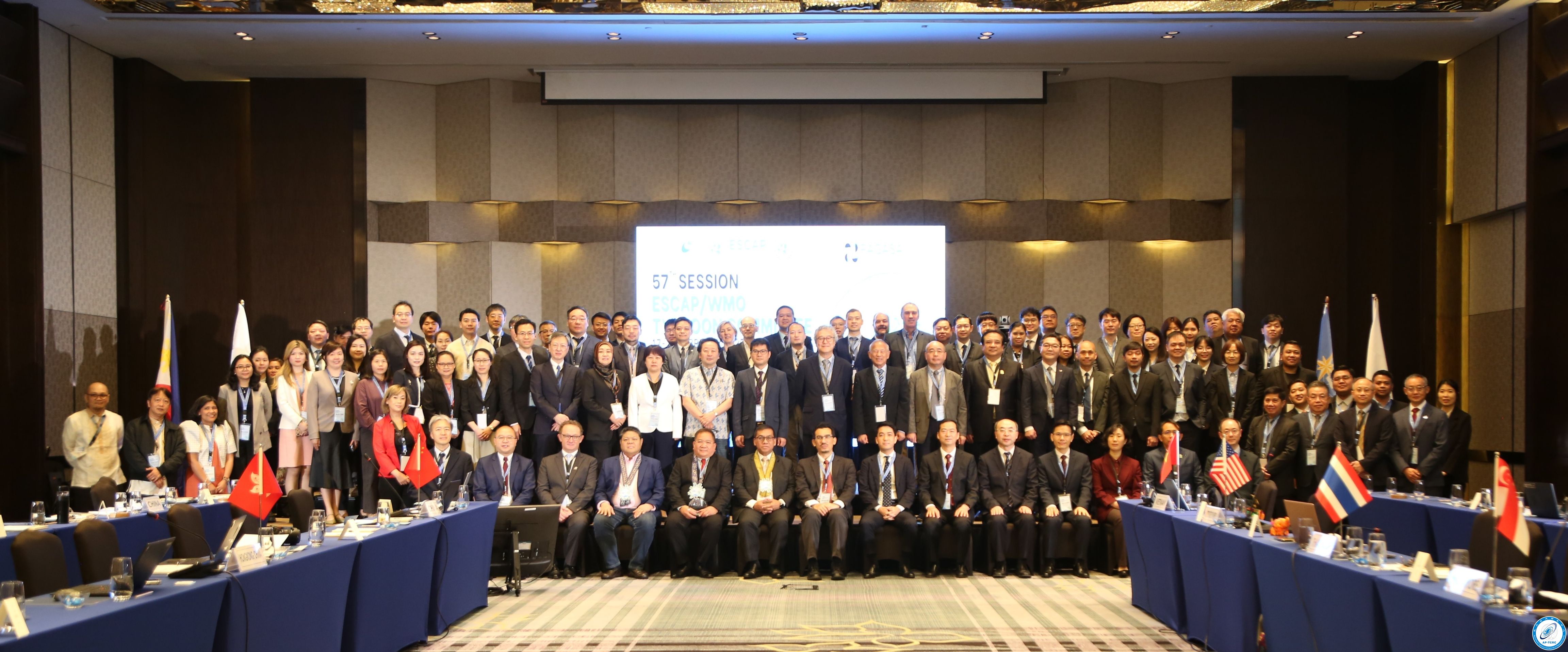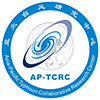Active Participation: Typhoon Committee's 57th Session Concludes in Manila
The 57th session of the ESCAP/WMO Typhoon Committee wrapped up successfully in Manila, Philippines, from February 17 to 20, 2025. Delegates from member countries gathered to review the past year's achievements and map out future plans for typhoon forecasting, disaster mitigation, and regional cooperation. Tang Jie, Director of AP-TCRC, and Science Director Robert Rogers were among the participants, actively contributing to the discussions.

The meeting showcased key technological advancements, including AI-based forecasting models, high-frequency observation systems, and advanced radar data exchange networks. These innovations aim to boost the region's typhoon monitoring and forecasting capabilities. Discussions also highlighted cooperation on EXOTICCA-II, emphasizing the use of advanced technologies like drones, wave gliders, and FengYun satellites to enhance understanding of near-coastal typhoon intensity changes.
Another important development discussed was the progress made in the regional radar network development project. Participating countries, including Japan, Thailand, Malaysia, Vietnam, and Singapore, have been sharing radar data to create composite maps that provide a more comprehensive view of typhoon dynamics. This collaborative effort not only improves forecasting accuracy but also fosters greater regional cooperation in meteorological data sharing.
The meeting also highlighted the importance of leveraging new technologies for capacity building. For example, the RSMC Tokyo's training attachment program, which was successfully conducted in January 2025, provided valuable hands-on experience for forecasters from various member countries. This program focused on utilizing advanced numerical weather prediction models and ensemble forecasting techniques to improve typhoon forecasting skills.
AP-TCRC played a key role in the meeting. Tang Jie and Robert Rogers were particularly active in discussions on technological advancements and regional cooperation. The center's ongoing efforts in hosting international seminars and training programs were highlighted, especially the 19th International Workshop on Typhoons held in Shanghai in November 2024. This workshop, which focused on leveraging new technologies for early typhoon warnings, received widespread acclaim for its innovative approach and practical outcomes.
Future plans include the continuation of research collaboration through the AP-TCRC. The center aims to enhance the integration of new technologies such as AI and high-resolution satellite data into operational forecasting systems. Additionally, efforts will be made to develop and implement new satellite data and technology for operational tropical cyclone monitoring, as well as to improve the physical processes and data assimilation in forecasting models using AI techniques.
The successful conclusion of the 57th session underscores the importance of regional meteorological cooperation and the role of technological advancements in mitigating the impact of typhoons. AP-TCRC remains committed to working with member countries to safeguard lives and property across the Asia-Pacific region through enhanced forecasting capabilities and collaborative research initiatives.
Looking ahead, the Typhoon Committee has scheduled its 20th International Workshop on Typhoons to take place in Macau, China, in December 2025, and the 21st workshop will be hosted by Thailand in December 2026. These events are expected to further strengthen regional collaboration and innovation in typhoon forecasting and disaster mitigation.
